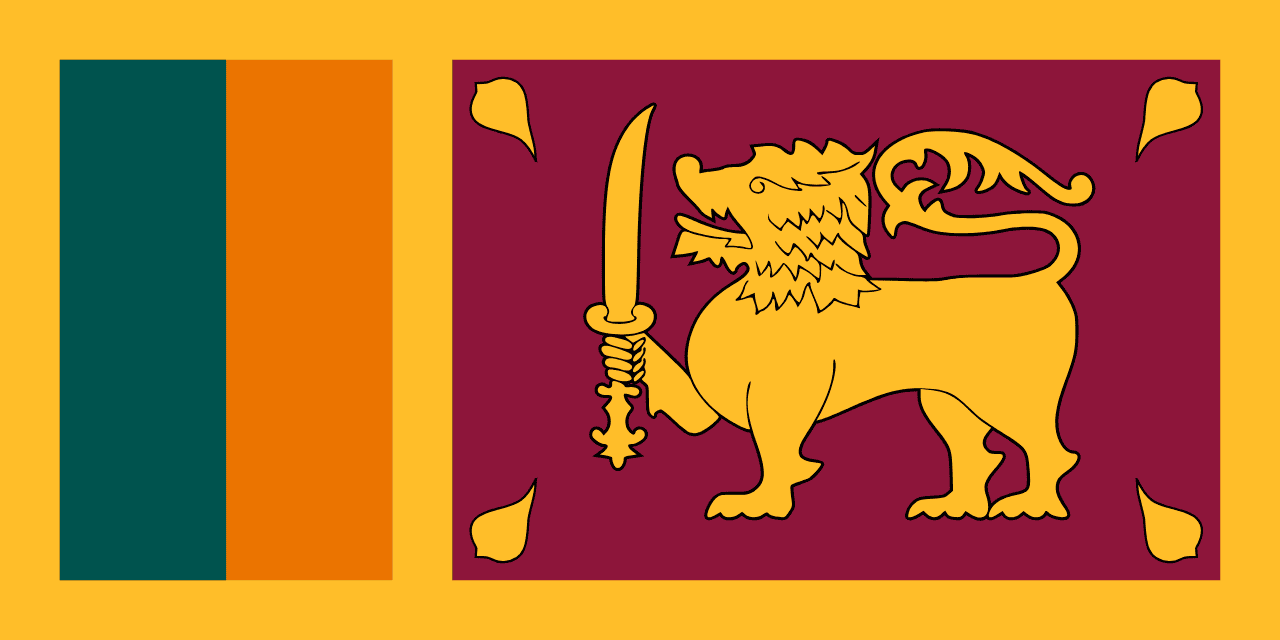La bandera de Corea del Sur, oficialmente conocida como Taegukgi (태극기), presenta un fondo rectangular blanco con un símbolo Taegeuk (태극) rojo y azul en el centro, rodeado por cuatro trigramas negros. Este diseño icónico encarna un profundo significado filosófico y cultural, representando la armonía y el equilibrio centrales en el pensamiento coreano.
Información de Corea del Sur
| Día Nacional de la Bandera | — |
| Estado soberano | Sí |
| Nombre oficial | República de Corea |
| Capital | Seúl |
| Población | 51,811,167 |
| Área | 100,363 km² |
| Moneda | Won surcoreano (KRW) |
| Idioma | Coreano |
| Continente | Asia |
| Región | Asia Oriental |
| Subregión | — |
| Fronteras | Corea del Norte, China |
| Zona horaria | Hora Estándar de Corea (KST) UTC+9 |
| Código de llamada | +82 |
| Dominio de nivel superior | .kr |
Historia de la bandera de Corea del Sur
 El Taegukgi fue adoptado por primera vez el 27 de enero de 1883, durante la última dinastía Joseon. Fue diseñado por el filósofo y diplomático Park Yeong-hyo bajo la supervisión del rey Gojong. La bandera ha permanecido en gran parte sin cambios desde su creación, aunque fue prohibida temporalmente durante la ocupación japonesa de Corea (1910-1945). Fue readoptada como la bandera nacional de Corea del Sur tras la independencia del país en 1948.
El Taegukgi fue adoptado por primera vez el 27 de enero de 1883, durante la última dinastía Joseon. Fue diseñado por el filósofo y diplomático Park Yeong-hyo bajo la supervisión del rey Gojong. La bandera ha permanecido en gran parte sin cambios desde su creación, aunque fue prohibida temporalmente durante la ocupación japonesa de Corea (1910-1945). Fue readoptada como la bandera nacional de Corea del Sur tras la independencia del país en 1948.
Simbolismo y diseño de la bandera de Corea del Sur
Cada elemento del Taegukgi tiene un profundo simbolismo arraigado en la antigua filosofía de Asia Oriental:
- El fondo blanco representa la paz y la pureza, reflejando el amor del pueblo coreano por la paz y su espíritu puro.
- El símbolo Taegeuk rojo y azul central representa el equilibrio de las fuerzas cósmicas. La mitad roja simboliza el "yang" (fuerzas cósmicas positivas), mientras que la mitad azul simboliza el "yin" (fuerzas cósmicas negativas).
- Los cuatro trigramas negros que rodean el Taegeuk se derivan del I Ching (Libro de los Cambios):
- ☰ (Geon): Cielo, primavera, este, humanidad
- ☷ (Gon): Tierra, verano, oeste, justicia
- ☲ (Li): Fuego, otoño, sur, cortesía
- ☵ (Gam): Agua, invierno, norte, inteligencia
Uso y significado de la bandera de Corea del Sur
 El Taegukgi es un poderoso símbolo de identidad coreana y orgullo nacional. Se exhibe prominentemente en edificios gubernamentales, escuelas y durante celebraciones nacionales como el Día de la Liberación Nacional el 15 de agosto. La bandera representa a Corea del Sur en foros internacionales y eventos deportivos, simbolizando el rico patrimonio cultural del país y su compromiso con la armonía y el progreso.
El Taegukgi es un poderoso símbolo de identidad coreana y orgullo nacional. Se exhibe prominentemente en edificios gubernamentales, escuelas y durante celebraciones nacionales como el Día de la Liberación Nacional el 15 de agosto. La bandera representa a Corea del Sur en foros internacionales y eventos deportivos, simbolizando el rico patrimonio cultural del país y su compromiso con la armonía y el progreso.
Datos interesantes sobre la bandera de Corea del Sur
- El símbolo Taegeuk en la bandera es similar al símbolo yin-yang pero usa rojo y azul en lugar de blanco y negro.
- El diseño de la bandera ha inspirado otros aspectos de la cultura coreana, incluido el escudo utilizado por la fuerza aérea de Corea del Sur.
- Durante la ocupación japonesa, los coreanos exhibían en secreto el Taegukgi como símbolo de resistencia y esperanza de independencia.
- Las dimensiones y colores exactos de la bandera están definidos por ley para garantizar la consistencia en su representación.





